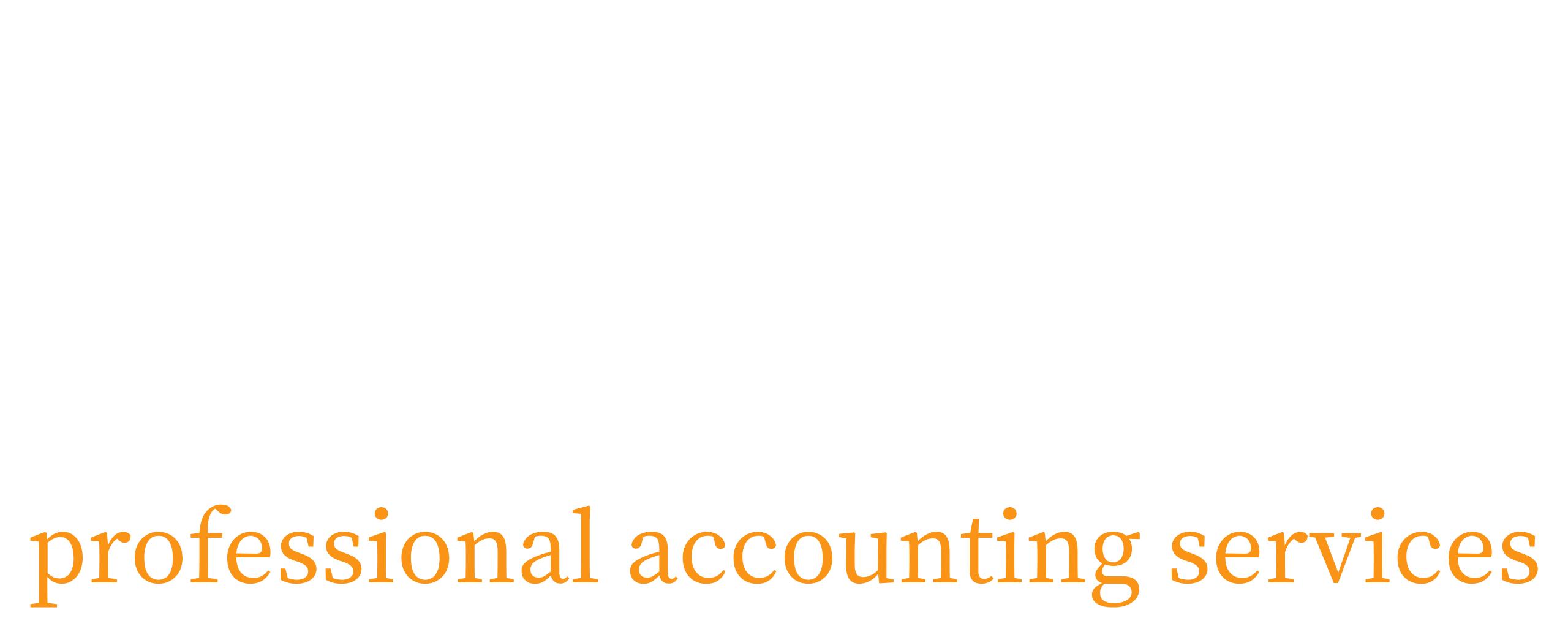Receiving an audit letter from the Canada Revenue Agency (CRA) can be unsettling, but it’s important to remember that audits are a standard part of the tax process and don’t necessarily imply that you’ve done anything wrong. The CRA conducts audits to ensure that taxpayers are accurately reporting their income and expenses.
If you’ve received an audit letter, don’t panic. Here’s a step-by-step guide on what to do next.
Step 1: Read the Letter Carefully
The first thing you need to do is thoroughly read the audit letter you received from the CRA. The letter will provide details about the audit, including:
- The period being audited (e.g., the tax year in question).
- The specific areas of your tax return that will be reviewed.
- The documents or information the CRA requires from you.
Pay attention to any deadlines mentioned in the letter. The CRA usually provides a timeframe within which you must respond or submit the requested information.
Step 2: Gather Your Documentation
Once you understand what the CRA is asking for, begin gathering all the required documentation to support your tax return. This may include:
- Receipts and invoices for deductions or expenses claimed.
- Bank statements, pay stubs, and other income records.
- Contracts or agreements related to business expenses.
- Any other supporting documents related to the audit.
Be thorough in gathering your documents, as the CRA may ask for a detailed breakdown of your income, expenses, or deductions.
Step 3: Understand the Scope of the Audit
It’s crucial to understand exactly what the audit is focused on. Audits can vary from simple checks to more in-depth reviews. Understanding the specific areas under review will help you narrow down the documentation you need to provide. Some common areas of focus for audits include:
- Business expenses or deductions
- Income reporting, including self-employed income
- GST/HST filings
- Charitable donation claims
- Personal tax deductions
Knowing the scope of the audit helps you focus your efforts and ensures you provide the right documentation.
Step 4: Respond to the CRA
Once you have gathered all the necessary documents, it’s time to respond to the CRA. There are a few ways you can respond:
- Send Documents by Mail: If the audit is being conducted by mail, you’ll need to send the requested documents to the CRA address provided.
- In-Person Audit: In some cases, you may be required to meet with the CRA auditor in person. If this happens, be prepared to explain your records and answer any questions the auditor may have.
- Virtual Audit: The CRA may also conduct audits over the phone or online. Make sure you have access to the necessary documents during this process.
Make sure to respond within the deadlines stated in the audit letter to avoid further issues.
Step 5: Seek Professional Help
If you feel uncertain or overwhelmed about the audit process, it’s a good idea to seek the help of a tax professional. A tax accountant or tax lawyer can guide you through the audit, represent you to the CRA, and ensure that everything is handled properly.
Hiring a professional can be especially helpful if the audit is complex or if you’re unsure about the validity of certain claims on your tax return. They can also help you understand your rights and obligations during the audit.
Step 6: Cooperate with the Auditor
During the audit, it’s important to cooperate with the CRA auditor. Be respectful and professional, and provide the requested documents promptly. If you don’t understand a particular request, don’t hesitate to ask the auditor for clarification.
Remember that the goal of the audit is to verify the accuracy of your tax return, not to penalize you. Cooperation can help expedite the process and resolve any issues quickly.
Step 7: Review the Results of the Audit
Once the audit is complete, the CRA will issue an assessment of your tax return. This may result in:
- A reassessment: If the CRA finds discrepancies or errors, they will issue a reassessment, which may include additional taxes owed, penalties, and interest.
- A no-change result: If the CRA finds that your return is accurate, you’ll receive a notice of no change.
If you disagree with the results of the audit, you have the right to appeal. You can request a review of the decision, or you may need to take the matter to the Tax Court of Canada.
Key Takeaways
- Carefully read the audit letter and understand what the CRA is asking for.
- Gather all the necessary documents and keep everything organized.
- Seek professional help if needed to ensure you’re handling the audit properly.
- Cooperate with the CRA auditor and respond within the requested timeframes.
- Review the audit results and follow up if you disagree with the outcome.
Need Help with a CRA Audit?
If you’ve received an audit letter and don’t know where to start, we’re here to help! Our team of tax experts can assist you in gathering the required documentation, responding to the CRA, and navigating the audit process.
Contact us today by clicking here to get expert assistance with your CRA audit.
